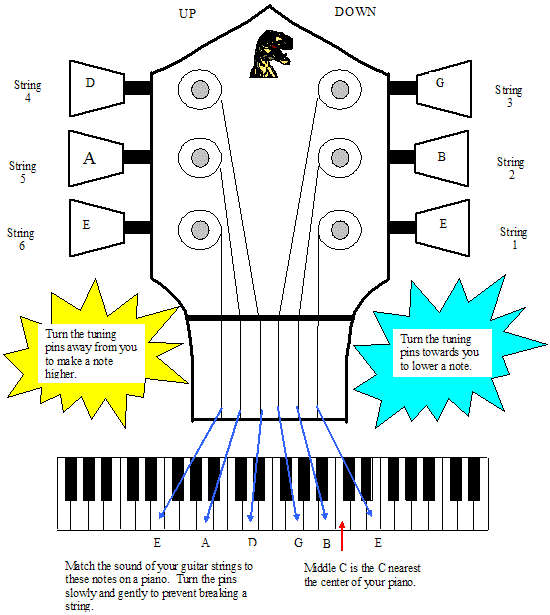|
|
||||
|
Tuning to a Piano |
||||
|
If possible, watch someone tune your guitar for the first time. Tuning is not easy so be patient. It requires intense listening abilities and a developed ear. It is important to have your guitar in tune every time you play, otherwise, you may not develop the ability to “hear” what different notes sound like. Because of this, you should tune your guitar before every practice session. At first this may seem hard to do but with time it will get easier and faster. |
||||
|
|
||||
|
Click here for a printable PDF Version of this chart. |
|
|
|
|
|
|
|
|
|
|
|
|
|
|
|
|
Contact Us |
|
|
|
Site Design © Copyright by Nazarene Pages.com
Content © Copyright by J. Lynn Publishing
All Rights Reserved
All Lesson Materials
(c) Copyright 2005 by J. Lynn Publishing
All Rights Reserved

